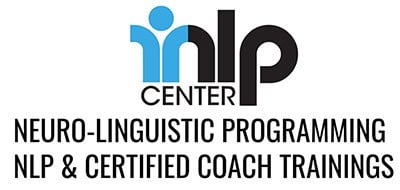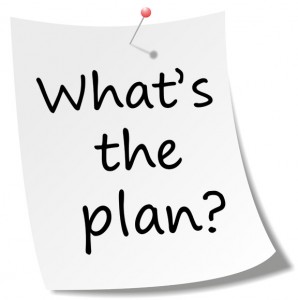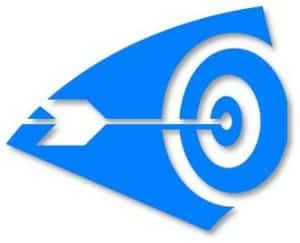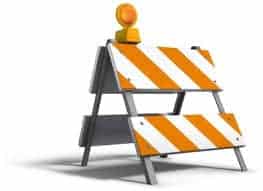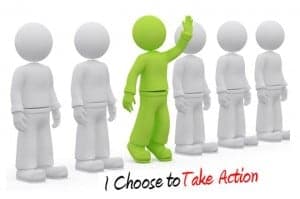A personal development plan is a very personal guide toward where you want to be in life. Your personal development plan plays a critical role in your individual growth.
Do you have one?
If not, then this article will serve as a personal development plan template. You can create your plan by following the steps outlined below.
No two personal development plans are the same, but any good plan is based on important underlying themes.
With personal development plans, clarity is the key. As you move through the various elements, focus only on the question in front of you. Don’t allow worries, obstacles and doubt to cloud your thoughts. You’ll get to those.
Grab a pen. Here are your nine elements of an ideal personal development plan:
I. Choose Just One Area of Focus for your Personal Development Plan
For example:
Family: Relationships with spouse or partners, kids, parents, siblings, etc…).
Professional: Professional goals.
Personal: Fitness, hobbies, personal dreams and accomplishments.
Emotional: Fear and anxieties, moods and discipline.
Spiritual: Relationship with God, the Universe, humanity, something larger in scope than your individuality.
Other areas: (you decide)
There are personal development plans that ask you to work on multiple areas of your life simultaneously. Big mistake! Overwhelm is right around the corner…
II. Identify Criteria for Maximum Happiness in your Area of Focus
This is a critical point in your personal development plan. If you don’t get your criteria for happiness right, your entire plan will be skewed and ineffective. If your plan does not lead you toward satisfaction of your criteria, then there is no way to be happy by accomplishing it.
What are criteria? Criteria are values – standards that define deep personal preferences and moral obligations. To discover your criteria, ask yourself, “What is important to me in…..?
If your area of focus is your career, then ask yourself what is important in a career. You are looking for keywords that hit home for you. In a career, what satisfies you? Is it independence, money, service, technology, status, freedom, security, predictability, camaraderie, professionalism, contribution…?
What are the 4-5 key criteria that, when met, will make your career 100% satisfying? Think back on aspects of your career or former jobs that were satisfying. What about them made it so? Imagine being in an ideal career. Go through an imaginary day. What about it makes it satisfying to you.
Keywords! Write them down. If, at this point, you aren’t sure, then halt the process and get some guidance before continuing. Criteria are that important.
III. Choose a Simple, Motivating Goal
Now that you know your area of focus and the criteria that must be met for you to be satisfied, choose a goal. Most people think goals are the heart and soul of a personal development plan, but I think of them more as simple guides. Criteria are the real drivers.
Nonetheless, a good goal is necessary. Goals should ALWAYS align with your criteria. If it doesn’t, you are dead in the water before you begin.
If your criteria for your family involve closeness and warmth, then you don’t want to set goals for family life that involve doing things separately.
If your criteria for health involves serenity, then you want to set goals that help you get there.
 IV. Deal with the Primary Obstacle
IV. Deal with the Primary Obstacle
The universal obstacle to any personal development effort is self-sabotage. Once you are all set with your personal development plan and ready for action, what is the most likely way that you will sabotage it?
Will you: Lose interest, do the opposite, get distracted, create drama, stop caring, let others ruin your plans, tell yourself you don’t have time, convince yourself that you are not worth it, or what?
Be honest about your self-sabotaging tendencies and plan to prevent them. If you don’t trust that you can avoid self-sabotage, then this is suddenly the most important issue in your personal development. Get help with the AHA Solution or life coaching. You can overcome self-sabotage.
V. Gather your Resources
What resources (strengths, skills, tools, people, and so forth) will you need to accomplish your goal? Identify these resources.
If you have them, great. If you need to get them, then make arrangements!
VI. Check your Ecology
Ecology refers to the risks vs. rewards of getting what you want. Dealing with the ecology of your personal development plan boils down to just a few questions.
If you get everything you want, what do you stand to lose?
Are you willing to make the sacrifices required to get what you want?
Is it worth it?
VII. Daily Actions
Taking the daily actions necessary to realize your personal development plan is where the rubber meets the road. It all becomes real here. Make a list of the very few things you need to do daily to turn your personal development goals into reality.
When you have thoroughly addressed each element of the above personal development plan template, you have a world-class piece of work that only lacks implementation.
Now, go for it!

